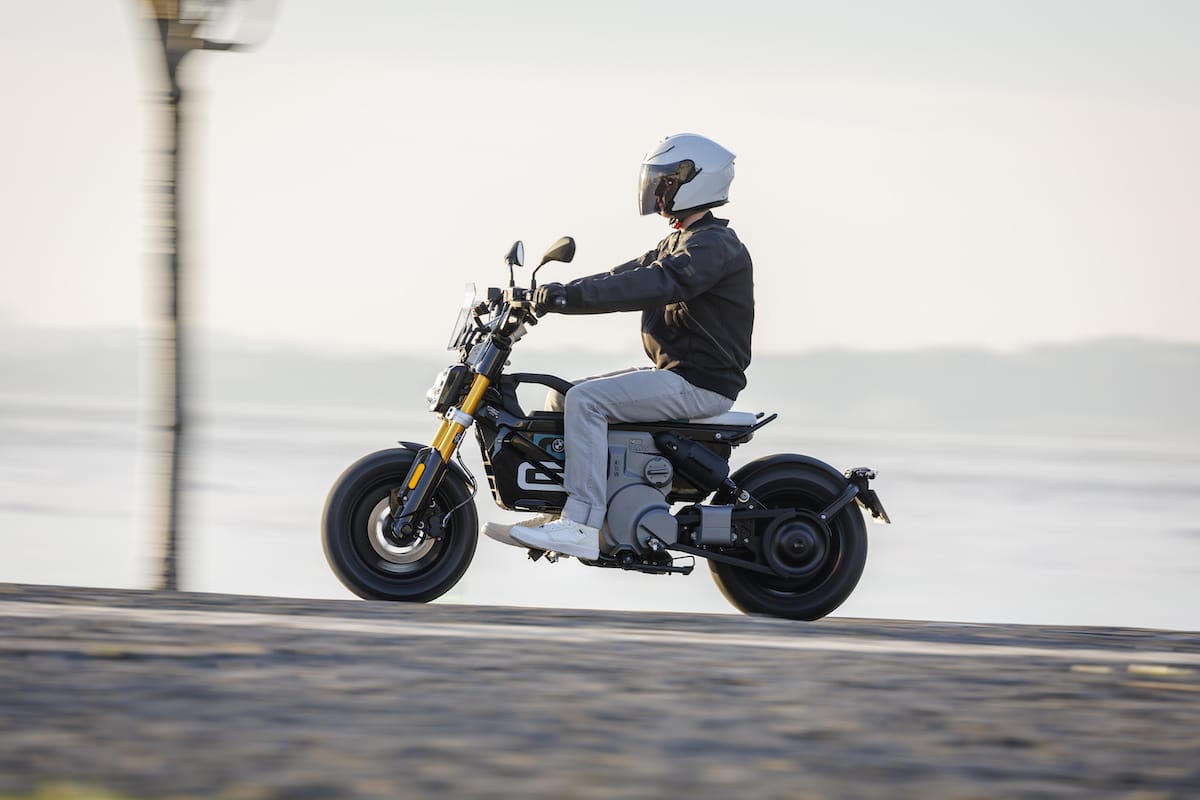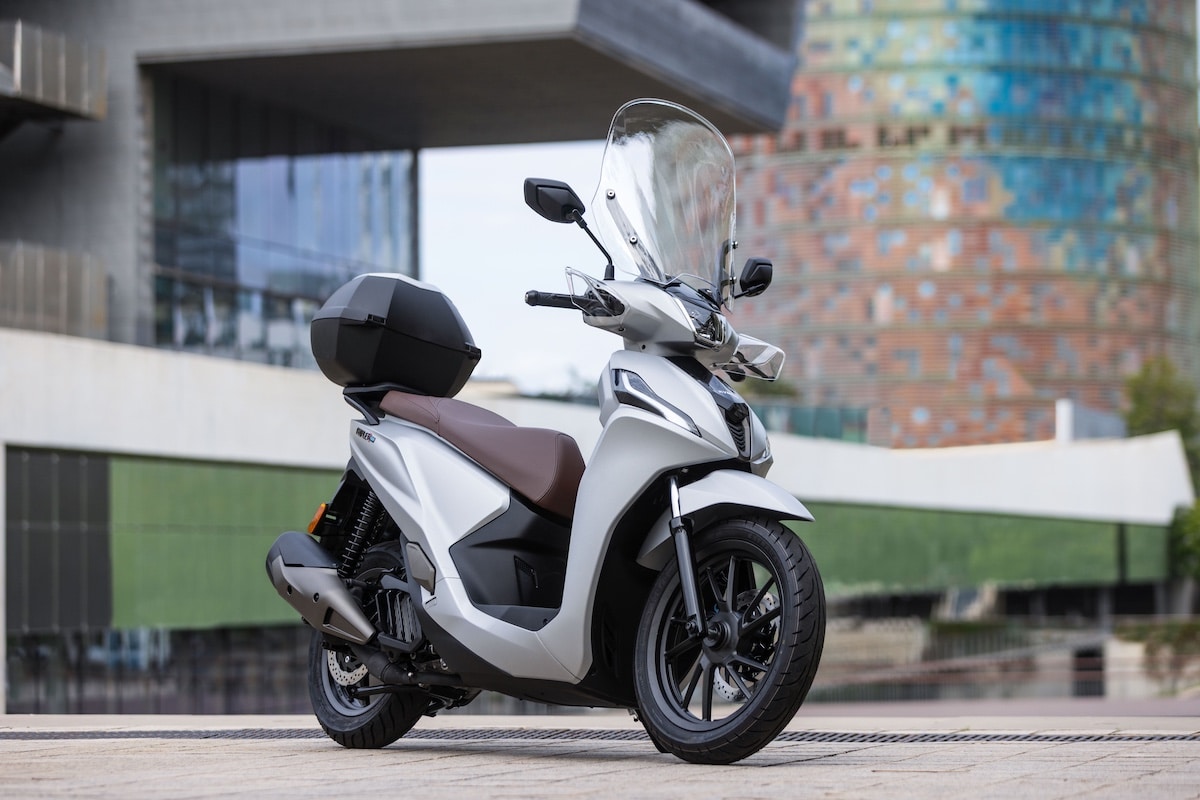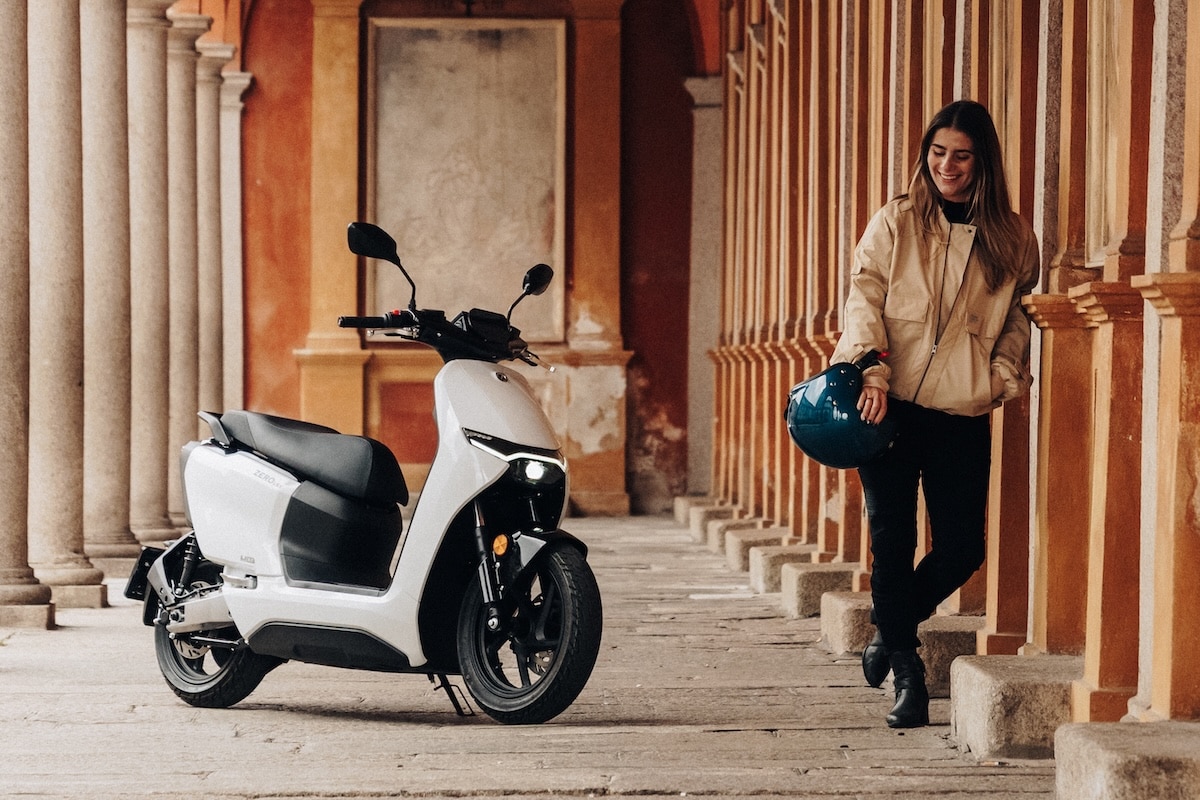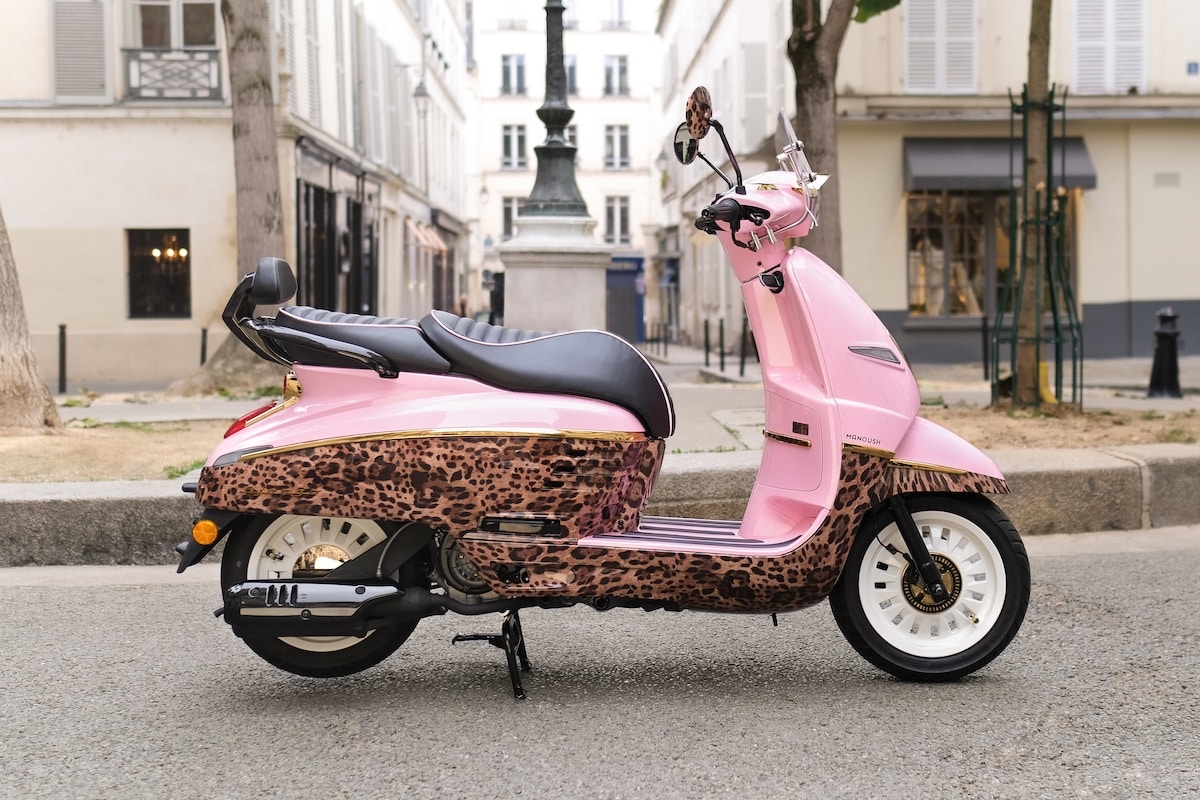BMW imagines impractical electric scooters. Explanation

Leader in the electric scooter market in Europe, BMW could aim for even better sales with less divisive products… but it refuses to do so.
While most manufacturers focus on electric scooters with a consensual design to appeal to the largest number of people, BMW Motorrad continues to release models with a sharp style. The CE 04 and CE 02 are perfect examples: futuristic lines, unusual proportions, and sometimes garish colors… Machines that provoke as many “wows” as “yucks.” But behind this aesthetic choice lies a well-calculated strategy.
In a market where electric scooters often look alike, BMW wants to stand out. The German manufacturer fully embraces a design inspired directly by concepts presented at trade shows, without going through a “watering down” phase before production. As a result: the CE 04, with its long and thin seat, minimalist rear block, and massive front face, looks like nothing else on the road. This choice is not aimed at pleasing everyone, but rather at making the machine immediately recognizable. On the street, it’s impossible to confuse it with a Piaggio or a Yamaha.
You might be interestedin this article:
A targeted and assertive clientele
BMW knows perfectly well that this type of design can be off-putting. But it’s not a problem: the brand is not looking to appeal to the mass market. Its target is narrower: urban affluent professionals, creatives, design enthusiasts, or owners of BMW cars who want to extend their premium experience to two wheels. In this perspective, a divisive style is not a flaw, but a loyalty tool. It’s better to have a small circle of passionate fans than a mass of indifferent buyers.

The electric scooter from BMW is not just a product. It is a showcase, serving as a technological and stylistic ambassador. It sends a clear message: “BMW dares, innovates, and does not follow trends – it creates them.” Even if sales volumes do not compete with those of generalist brands, the impact in terms of image is much greater than the actual size of the market. Plus, the margin on sales is larger as the price is not rational.
A lifestyle object rather than a utilitarian one
Most electric scooters are sold on practical arguments: easy charging, low operating costs, minimal maintenance. BMW, on the other hand, sells an experience. Its models are designed as lifestyle objects, with a polished marketing universe and premium positioning. It’s the same logic as for a high-end smartphone: you don’t pay just for the function, but also for what it says about the person who owns it.
BMW Motorrad is not new to the quirky urban scene. We remember the C1, that roofed scooter released in the early 2000s, which offered a seatbelt and a roll bar. An oddity in the world of two-wheelers, and a commercial failure… but one that remains memorable. With electrification, BMW pushes this logic further, capitalizing on an identity that prefers to divide rather than to become mundane.
And too bad if customers complain about the lack of weather protection, storage for bags, or comfort.
ALSO READ: BMW has never sold so many… two-wheelers!
This page is translated from the original post "BMW imagine des scooters électriques pas pratiques. Explication" in French.
We also suggestthese articles:
Also read






